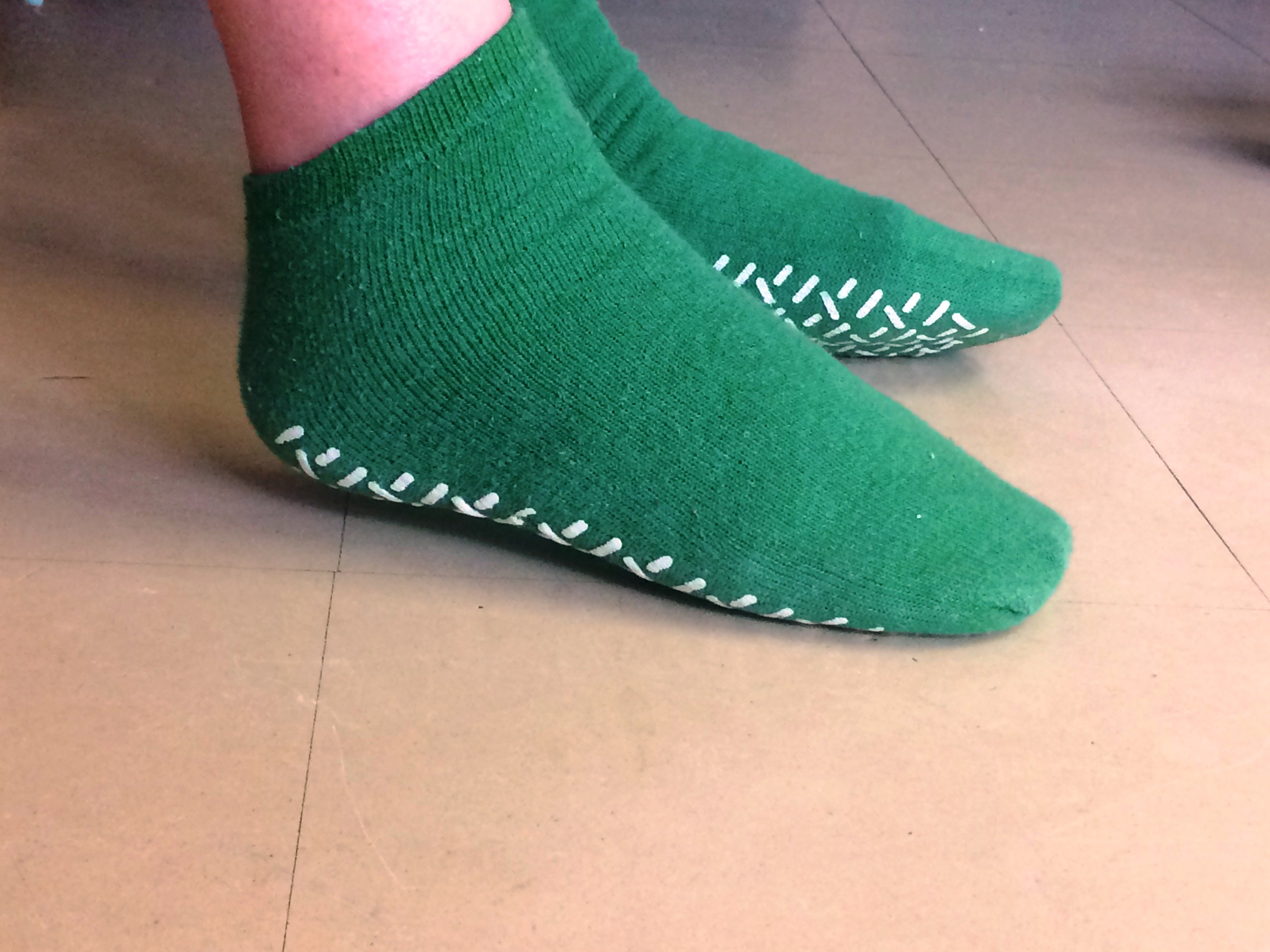It saw nearly 190 less falls in 2016/2017 compared to 2015/2016.
All wards across the Trust’s three main sites have introduced the following for patients who are most at risk of falls:
• A falls assessment and a medication assessment are carried out when a patient is admitted
• Fall sensor mats which set off an alarm when a patient moves out of their seat or bed to alert staff that they are up and about
• Anti-slip socks which give patients more grip on hospital floors reducing slips, trips and falls
• “Call don’t fall” posters in patient areas to encourage patients who need support to call staff if they want to move out of bed or a seat
• Low- rise beds with a crash mat placed beside to reduce injury if a patient rolls out of bed.
The Trust has also introduced Dedicated Falls Bays where higher risk patients have increased nursing supervision. Staff will also carry out a supplementary care bundle assessment if a patient is over 65 or more vulnerable to falls.
Kim Wilson, Assistant Chief Nurse for the Patient Safety Unit, UHMBT, said: “We have introduced a number of measures to improve our patient’s safety whilst still allowing them their independence. We are extremely pleased with the results but we will continue to look into new ways of preventing and reducing patient falls even further.”
The Kings Fund report (2013) ‘Exploring the system wide costs of fall in older people in Torbay’ stated that the cost of inpatient stay and the healthcare resource group code directly related to fall/trauma is £3,000 per avoidable fall.
Joann Morse, Deputy Chief Nurse, UHMBT, said: “Kim and her team have done an amazing job in embedding these measures to ensure the safety of our patients is paramount. Apart from the obvious reduction in pain and distressed associated with these harms to patients and their families, the measures have reduced extended length of stay and cost to our healthcare economy by a considerable amount.”

